Some untold stories of Poovada made during the auspicious occasion of Thiruvonam
When Thiruvonam dawn opens its lids softly giving new promises and fortunes, it has the pleasant aroma of Poovada. Banana leaves taken from the kitchen garden or agricultural field is used to wrap and steam cook rice ada for Onam. Soaked rice flour and coconut sweet mixture are placed in torn banana leaves and steam cooked till it is done. The sweet dessert has a distinct and traditional flavour, because of traditional ingredients used in Kerala cuisine.
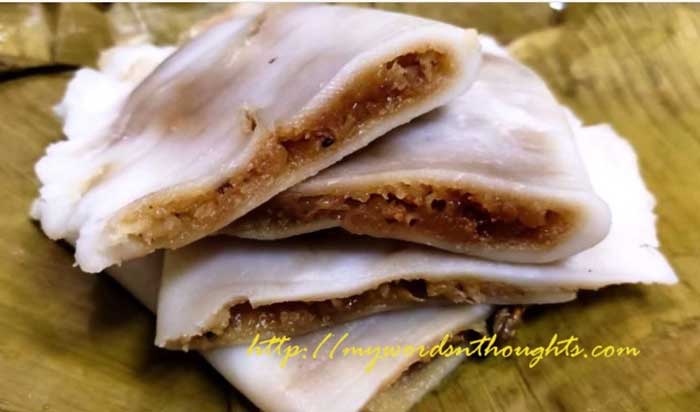
The first dish tasted on Thiruvonam day is Poovada, which is specially prepared and offered before Thrikkakkara Appan in Kerala courtyards. Pazham Nurukk prepared using banana and jaggery water is also placed along with it. It’s golden colour and is sweet in excess.
Poovada for Thiruvonam are prepared as a part of Onam Kollal rituals
Kerala is one among the tiny pieces of lands of our country, which has its own unique culture and celebrations. Like different types of Onam feast prepared across the state and different customs followed during Onam celebrations, even Onam breakfast is different in different places. In fact Ona Ada or Poovada prepared in different regions differ in tastes as well.
Mahabali is assumed as Onathappan and Thrikkarayappan in mid-Kerala and Malabar regions. At dawn break of Thiruvonam, they have one special custom called Onam Kollal, for which they need to prepare steamed adas. It is a ritual to invite Mahabali to home for Onam, and worship him. Same poovada is used for breakfast. But in southern parts of Kerala, mostly Idli-Sambar & Steam Cake – Chickpeas curry are quite common for breakfast.
The day before Onam is called ‘Uthrada Paachil’ where everyone is busy in purchasing food items and gifts for Onam celebrations. Once it is done, next they turn busy with preparations of Onam Kollal rituals. During old days so much preparation were made which include making of Thrikkakkarayappan at home. Red soil or mud is used to make Thrikkakkarayappan. To enhance red colour, bricks are ground and added. Usually red soil with gum nature is chosen and sufficient water is added to prepare statues of Onathappan. Ploughed red soil by ants in fence or outer storage space where wood is stored are mostly used for this purpose.
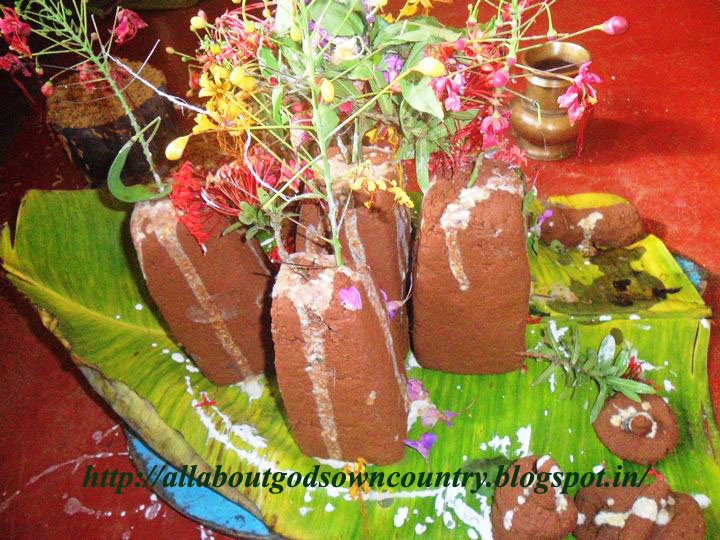
Onathappan decorated using rice flour and flowers
Onam Kollal ceremony is conducted before dawn break. Girls or boys of the family conduct the ritual, after having an early bath. A special stool is made, and then a thin layer of cow dung mixture is applied on its surface. A banana leaf is placed followed by a thadukku palaka (a wooden sheet) and Onathappan is placed on its top. Using rice flour solution, Onathappan is decorated as per creativity. Flowers of leucas, basil and lotus are spread around it and then a coconut is broken. A little leucas flowers are put inside each half and placed on either side of Onathappan.
All these ceremonies are conducted in the courtyard, while women behind closed doors repeatedly ask if Maveli has come. They chant, “Maveli Vanno Vanno”. When people present in courtyard respond ‘Yes’, women open the front door and come out of homes. Kuravayidal and poovili by women follows. When they come out of the home, they hold a plate with 3 hot poovada, a little rice flakes (aval), 3 Kerala bananas (ethapazham) and 3 pieces of jaggery. These are the offerings to Onathappan.
Poovada Preparation – 10 numbers
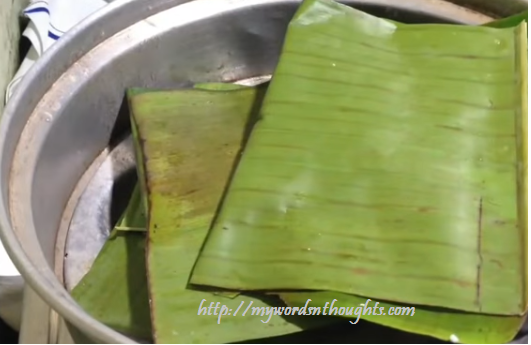
Ingredients required are 1 cup raw rice without removing bran (Unakkalari), 1 small spoon butter, ½ kg jaggery, 2 scrapped coconuts, 1 big spoon ghee, 1 Kerala banana (Ethapazham) and a pinch of salt.
Soak rice in water for three hours. Later grind it to a smooth paste adding butter. Finally add a pinch of salt. Prepare jaggery solution by melting it adding a little water. Strain this solution and heat again. Add scrapped coconut and fry for a few minutes. When water is fully absorbed, add ghee and chopped banana and mix the contents well. Place banana leaves under low flame and make then tender. Tear them into pieces and spread 1 spoon of rice batter in round shape. Place a little coconut filling inside it and fold all the four sides to completely wrap the ingredients. Steam cook your adas for at least half an hour.
Soft Onayada like blossoming Onam flowers
Usually rice for poovada is soaked overnight. Other preparations to make ada are done in the early morning. When you add a little butter to rice while grinding, it won’t stick to banana leaves once the preparation is done. You can also grind one Kerala banana along with rice, which can definitely enhance the taste. Sweet filling is then prepared by frying coconut in jaggery solution. Most important – unlike normal ada, cardamom or cumin powder are not added while preparing poovada.
For filling, cup banana into pieces similar to banana upperi used for Kerala sadya. At first banana is split into four and cut into thick pieces. A little ghee is also added while frying. Usually banana leaf of big-sized Kerala banana (Ethan) is used for the preparation. When steam enters the adas during preparation, its sweet aroma spreads out of kitchen and reaches everywhere, thus telling everyone, ‘Onam has just arrived’.
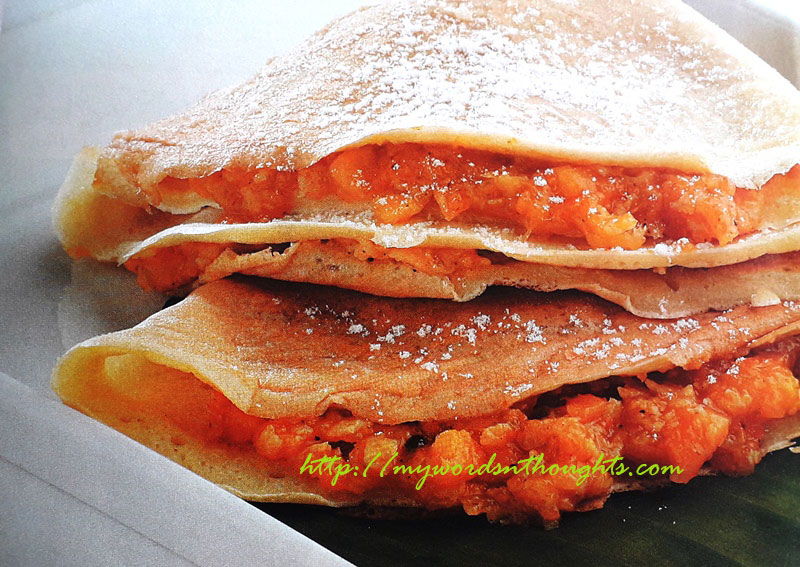
Mambazham Vilayicha Ada
In some regions, rice batter, banana pieces, jaggery and coconut are mixed together, spread in banana leaf pieces and wrapped well to prepare ada. In some regions, batter is prepared by mixing rice flour, leucas flowers and coconut and spread as a thin layer in plantain leaves. Then jackfruit-coconut mixture is placed as filling, wrapped well and cooked in steam. Poovada and Pazham Nurukk offered to Onathappan are served as breakfast.
Banana Nurukk for Onam is also specially prepared. Big sized Ethapazham is split into two halves and steam cooked. Jaggery solution is poured into an earthen pot and banana leaf stems are placed in horizontal and vertical directions. Then cooked banana pieces are placed on top and cooked again. Thus the skin of banana also has jaggery sweetness. When offering is given to Onathappan in a plate, it is the breakfast to small animals and insects which live in your surroundings. If you observe for some time, you can see a line of ants marching towards their special ‘breakfast’.
How did Poovada get that name?
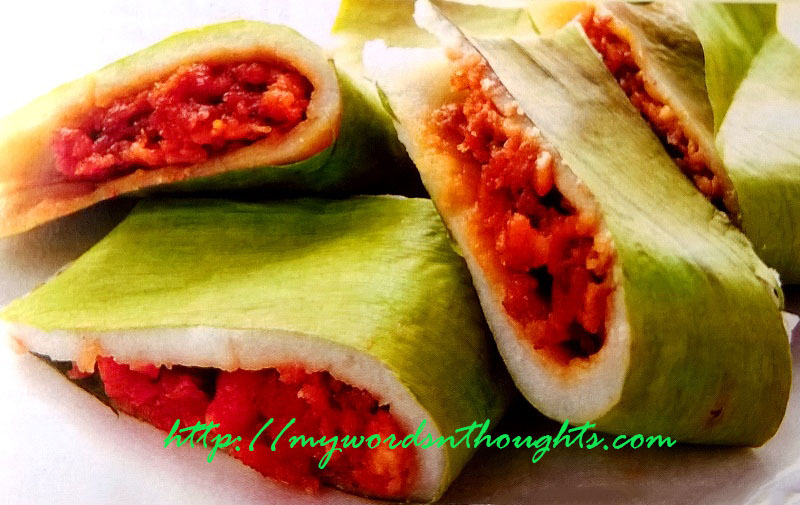
Jackfruit Ada
Those folded adas wrapped in banana leaves….. Isn’t it a pleasing sight to see steam cooked adas beautifully arranged in a serving plate? This is a traditional dish belonging to Kerala cuisine, and most of its ingredients for preparation are easily available. You can easily get banana leaves from your courtyard.
How does this sweet dish get the name ‘Ada’? Any idea? ‘Ada’ is believed to be derived from Malayalam phrases – ‘Adachu Vaikkunnath’ (something that is closed), ‘Madakki Edukkunnath’ (something that is folded) or ‘Adarukalullath’ (something that can be softly broken and served). ‘Poo’ symbolizes prosperity (though it also means ‘flower’ in Malayalam), which is used as offering to god. Literally flower is something which is used as offering to Lord. Flower also symbolizes beauty and softness, and Poovada too implies the same. It is soft, beautiful and given as offering to god. That may be the reason why Poovada got this name.
Poovada is also known by the name, Ona ada. Normally ada can be cooked in different ways. However steam cook procedure is only used for poovada. Also when you prepare poovada for Onathappan, only banana leaves are used for wrapping the ingredients. Gods also love sweets similar to kids. That may be the reason why this traditional sweet dish is prepared during the auspicious occasion to be given as offering to Lord.
There are many more types of Ada
Ada can be prepared using Vattayila (a type of round leaf), Teak leaf, wild jackfruit leaf (Aanjil ila), Paruthila, Karukayila etc. You can use anyone of rice flour, wheat flour or ragi as the main ingredient. You can substitute water with coconut milk to enhance the taste. Spread the thick batter on leaves using hands, and place a little jaggery-coconut filling. Wrap it well and cook using any method. Most common method is to place adas instead steamer and cook for next 20-30 minutes. You can also cook them using pan or an earthen pot or even an oven. You can also put them in flames of a hearth and flip both sides to cook perfectly. According to the method of cooking, taste of ada differs.
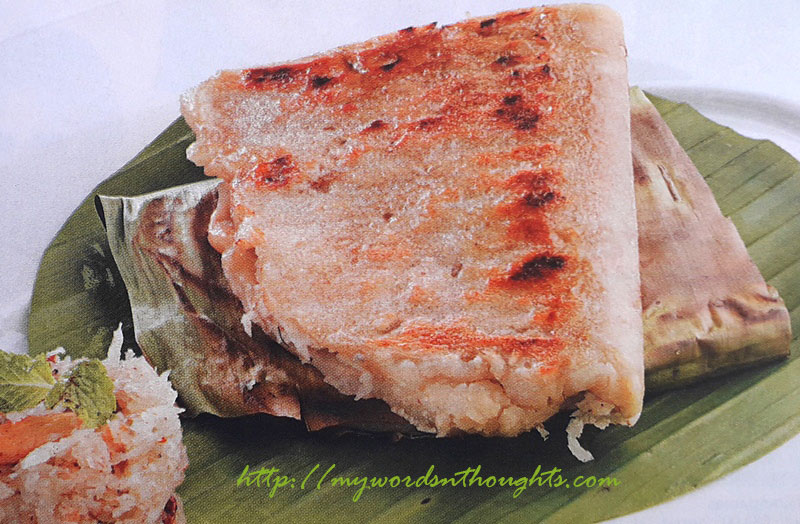
Ottada – Ada cooked using earthen pots
As told earlier, cardamom and cumin are not added for Poovada. Yet in some regions, both these ingredients are added too. Some people dry fry green gram and add to it. Add water and salt to rice flour and mix well. For sweetness you can add jaggery or sugar. All the ingredients are mixed together and spread using hands on banana leaves. Sprinkle a little scrapped coconut in the middle portion of the leaf, and fold it into two. When you cook this ada by slowly heating in an earthen pot, it is called Ottada. During my childhood days, rice-jaggery mixture are wrapped in palm leaves and cooked in steam. Adas prepared this way taste different. It has been a long time since I have tasted this palm leaf ada.
You can also substitute jaggery with palm jaggery. This is called Karipetti Ada. Mix rice, palm jaggery and coconut adding sufficient water to prepare thick dough. Bay leaf (Vayana leaf or Karuka leaf) can be made into cups and then fill it using the mixture. The stalk portion can be used to cover the filling (it’s optional). This is called Kumbilappam (a special offering prepared during Attukal Ponkala, but jaggery is used). Put a pore in the seed of Kooman Kudukka and remove the inner portion. Then fill it using rice mixture and steam cook it. Once done, remove the outer shell to get the delicious Kooman Kudukka Ada.
You can prepare Vermicelli ada by preparing thick vermicelli payasam first, add a little coconut and wrap in banana leaves. Heat a pan and place the adas. Flip both sides and cook adas till both leaf changes colour. It’s entirely different from normal adas, as milk, vermicelli and sugar are the main ingredients, and it is white in colour. Check the recipe here.
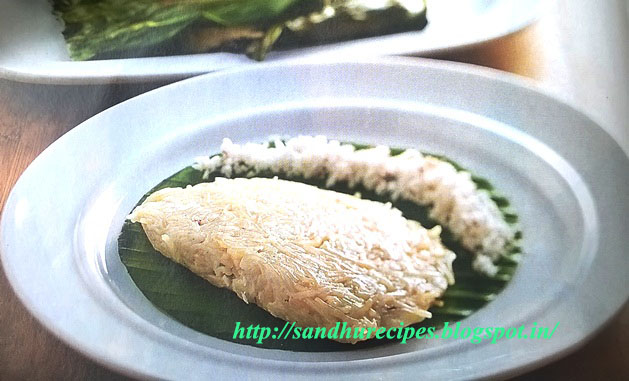
Semiya ada
Chuttada is prepared by cooking adas in charcoal. The filling is spread in banana leaves, wrapped and fully covered in burning charcoal. If leaves of Njeral tree are used to wrap ada, it becomes Njeral Ada. If Nannari powder (Indian sarsaparilla) is added to Ilayada, it becomes Nannari Ada. When jackfruit is added to rice flour, coconut and jaggery and ada is prepared, it is called Chakka ada or Chakkayappam.
Ilayada is called Ilayappam in Thiruvananthapuram
Ada, Ilayada, Ilayappam – each ada has its own flavours and it differs in different regions. In state capital, this tasty snack is called Ilayappam. Rice flour, jaggery and scrapped coconut are mixed together adding sufficient water, wrapped in banana leaf and cooked in steam to get ilayappam.
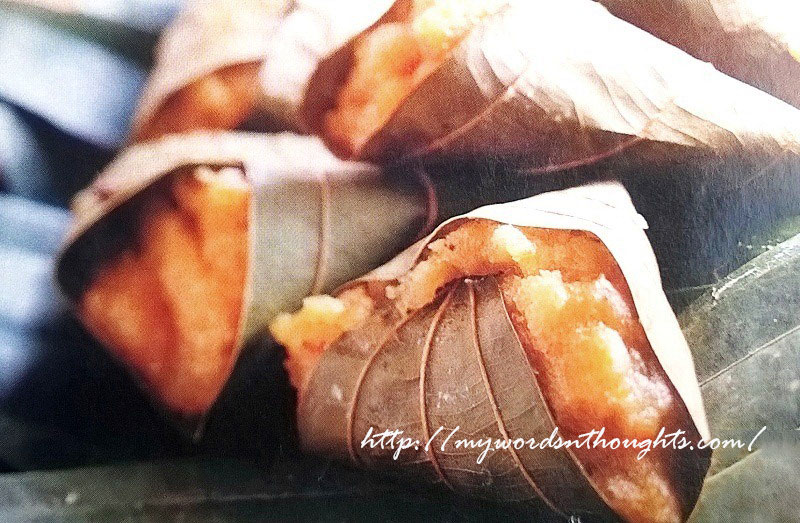
Kumbilappam prepared using bay leaves
In Malabar, Olayada and Paalayada are the variants. When the batter is spread as a thin layer in coconut leaf and cooked in charcoal, it becomes Olayada. Spathes of aracanut leaves are used to prepare Paalayada. Ada mixture is spread in the spathes and covered using coconut leaves. Then it is wrapped using coconut leaves. Make a wooden hearth using bricks and put adas inside it. Flip both sides till your Paalayada is cooked perfectly. When you prepare ilayada in earthen pots, when it is almost done, slightly open the leaf and pour a little ghee to enhance the taste.
Poruthilada is cooked using earthen pot. The filling is sealed in banana leaves and cooked in earthen pots, mostly using wooden hearths decades back. There was time when pots were specially reserved at homes to prepare this ada occasionally. Pallada is specially prepared from infants when their teeth start to appear. Kids feel discomfort when their teeth come out, and Pallada is given to them as a solution. It is prepared using ragi powder and jaggery, and cooked in earthen pots.
Make a powder of Pananooru and add sufficient sweet and coconut. Spread it in banana leaf and cook using a pan. Pulp of sprouted mango seed can be extracted, dried and used to prepare ada. Add a little rice flour, and close pals – jaggery and coconut to prepare tasty adas. Valsan is a variant of normal adas, served as snacks in tea shops and restaurants. Batter is prepared using rice flour or wheat flour in the consistency of dosa batter and pour on the top of banana leaf. Spread it using a spatula similar to a dosa and spread coconut – sugar/jaggery filling on its top. Steam cook it to get delicious valsan. You can also prepare delicious pancakes using this batter. Pour this batter into a dosa pan (not so thin) and spread the coconut-jaggery mixture on its top. When it is almost done, fold it once, and flip both sides.
Poovada is prepared on Vishu and Karkidakam too
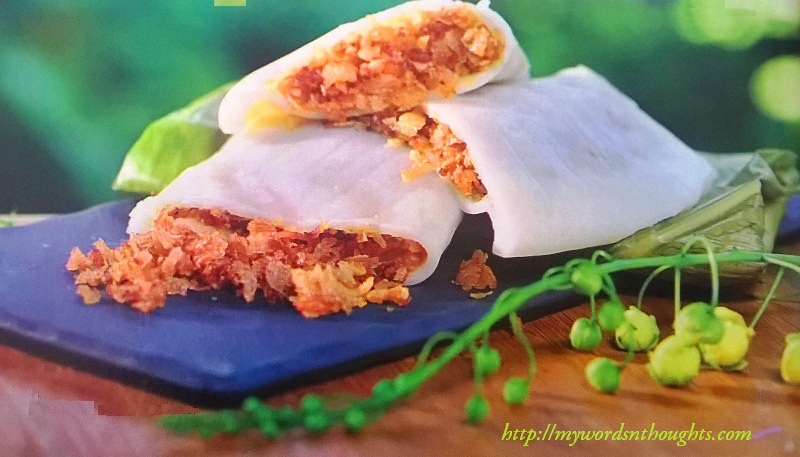
Aval Ilayada
Poovada prepared for Vishu is a bit different. Rice without removing husk (Nellu) is fried first, and then crushed to extract bran (Thavidu). Then it is powdered along with aval and malar (two rice products used during Hindu rituals), add sufficient water and mixed well to get the batter. Sugar or jaggery is not added. This batter is spread on banana leaf and a few coconut scraps are spread on top. Then the leaf is folded and contents are sealed well, and cooked by placing inside a round shaped earthen pot. This poovada is prepared during the auspicious occasion of special pooja done just before commence of farming, where cattle is tied to plough.
When ada is prepared and served during the auspicious month of Karkidakam it’s mentioned as ‘Kanakam Chuttath’. Water is added to rice bran/husk (thavidu) and spread on banana leaves. Sprinkle coconut-jaggery mixture on top. Seal it well and cook in an earthen pot or pan. Thavidappam is another variant of ada prepared during Karkidakam month, where dry rice husk, jaggery and a little pepper powder are mixed together to prepare the batter and cooked. It’s served with Karkidaka Kanji, served during the season.
Vellada is pure milk colour. It’s so soft and attractive that you will love to take a bite. Raw rice flour is fried and then made dough adding sufficient water. Spread it as a thin layer on banana leaf. Mix scrapped coconut and sugar together, and sprinkle on the top of rice layer. Now fold the leaf and cook ada in steam. On the auspicious occasion of Vavu Bali, where ancestors are prayed and given offerings, vellada is prepared and offered. It is also prepared and offered during Theyyam rituals. Jaggery is not at all used in Vellada. Also read: Different ways how dishes of Onasadya preserved for many days.
Poovada for Pilleronam
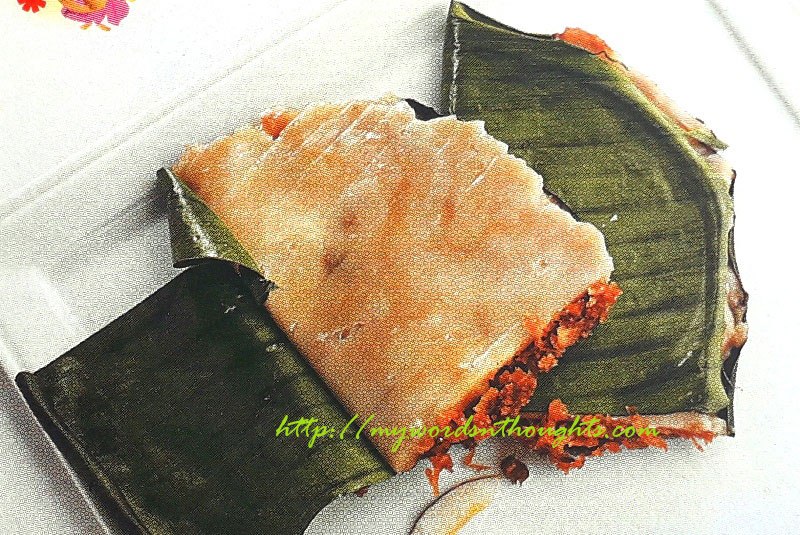
Thiruvonam star of Karkidakam is celebrated as Pilleronam (Kunjonam), which literally means ‘Kid’s Onam’. Read more. Onam celebrations begin exactly on the same day, and it lasts for next 28-31 days, based on stars. Pookalam is not prepared, but Pilleronam is celebrated with Poovada. Jaggery is not melted. Instead it is crushed and rubbed with coconut to prepare the filling. Rice flour is spread on a banana leaf and this filling is spread on top. Now adas are cooked in steam.
These prepared adas are placed in a container and covered using flowers. Using midribs of green coconut leaves (eerkkil), bows and arrows are made and handed over to children. Now it’s the aim of kids to shoot adas in the container using arrows. When a kid hits the target, he can take that ada. As it is Ramayana month too, it brings back the memories of Rama through this custom or fun event.
Now people are not settled exactly in hometown and for job purposes too, they travel extensively. So there is a mix up of culture and so are customs. Now Onam celebrations across Kerala are more or less the same, with many old flavours and customs already faded or vanished. Yet the sweetness of poovada is not still lost.
Also read a few more Kerala ada recipes:

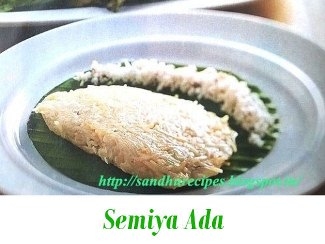
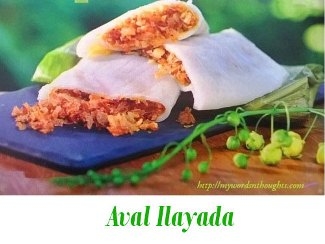
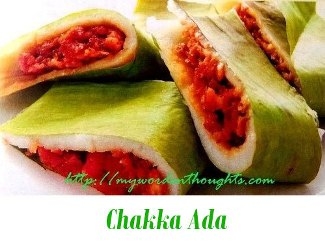
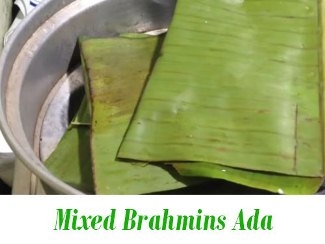
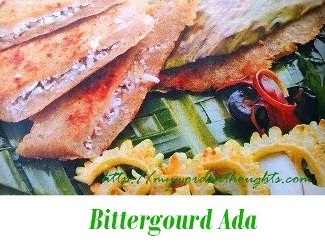
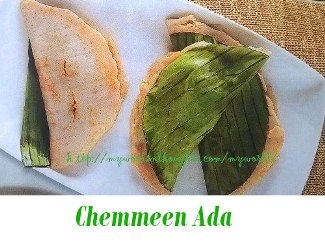
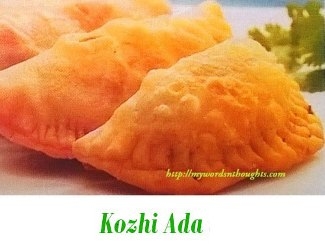
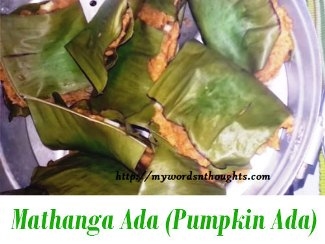
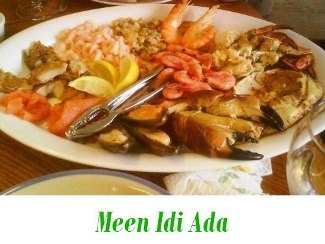
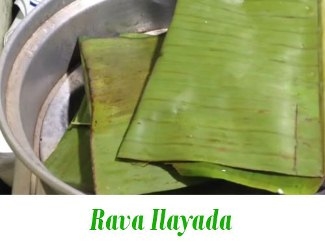
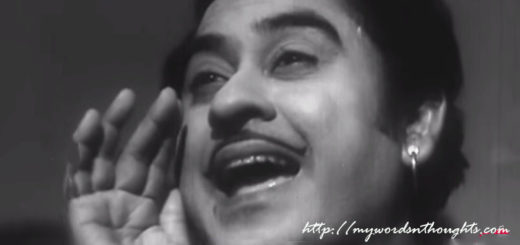
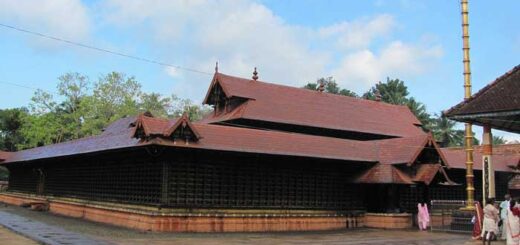
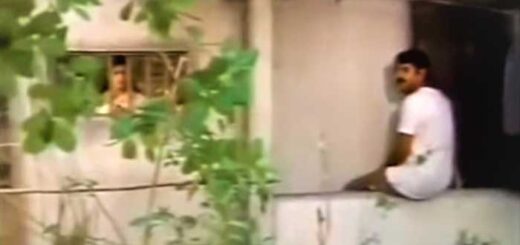









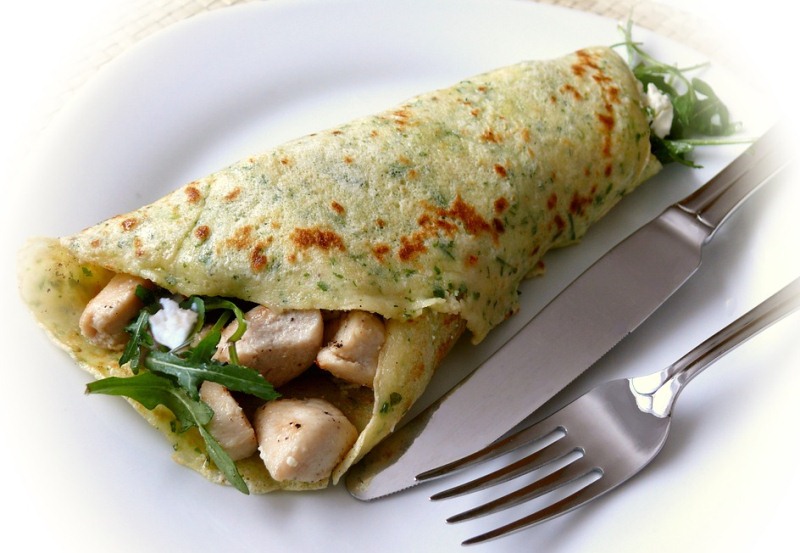
Recent Comments